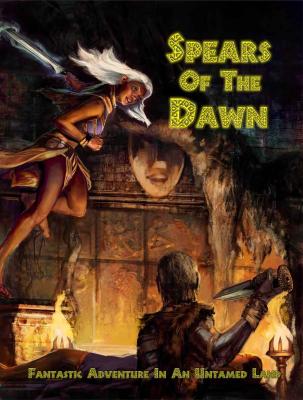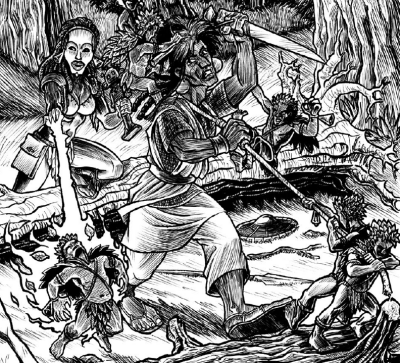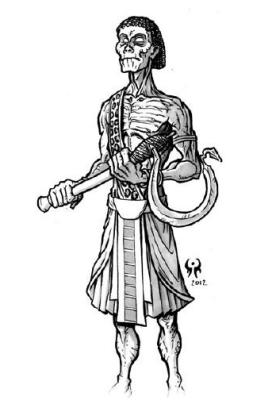Among the many great things of Basic D&D, one that stands out the most for me is the initiative system. I find it so much better than the commonly used by other editions and even most B/X clones.
A wonderful thing about group initiative is that it completely removes the whole work of remembering the initiative order. I absolutely hate it to scribble down a list of all the PCs and enemies in the correct order at the beginning of each fight. That’s always a minute or so of interruption doing something tedious, right at the most exciting moment of the game. The alternative is to write down the names in advance and make a row of numbers with the initiative counts, but then you easily skip someone by accident all the time. (At least I do.) With group initiative that doesn’t matter. You roll two d6 at the beginning of each round and then everyone goes in whatever order they want.
But I think something even much more important is happening on the player side. Everyone is paying attention all the time and taking turns much faster. Nobody is sitting around three numbers until their number comes up.
The players who decide the fastest what they want to do go first, and those who take longer do their thinking while everyone else is taking their turn. And everyone needs to pay attention during the whole enemy turn, because the next turn is always their turn.
I’ve been using this system for a while, and it’s just so much more fun to run the game, and I believe for the players as well. Why doesn’t everyone use it and most games go with individual initiative counts instead? Even such otherwise great games as Basic Fantasy and Lamentations of the Flame Princess and wonderful ones like Spears of the Dawn and Barbarians of Lemuria (not a B/X clone, but still) go with the cumbersome initiative count system. Which to me really has always been one of the most annoying thing about running games.



